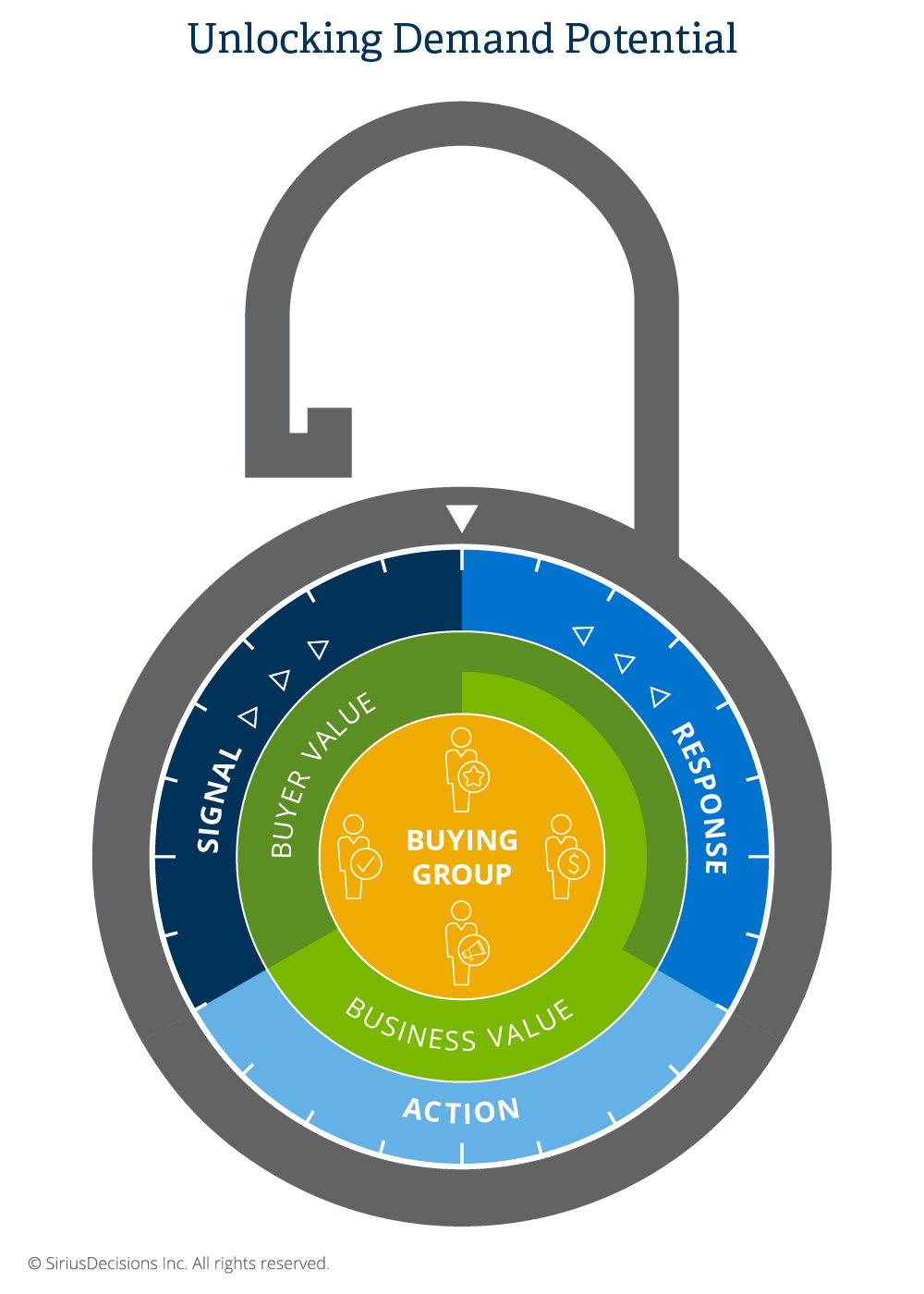Say Goodbye to (Predefined) Nurture and Unlock Your Demand Potential
- Predefined, prescriptive nurture programs are dead, because they no longer provide value to the buyer
- Create dynamic signal-response exchanges between the buyer and the business to better support buyers
- Define actions that underpin signal-response exchanges, and translate these into value for the business
There is no easy way to break bad news, so I’ll just lay it on the line: Predefined nurtures are dead.

In their heyday, predefined nurtures were groundbreaking. They enabled marketers to send out automated emails and define different plans of action depending on how buyers responded. Early nurtures were basic, with a fixed number of emails sent at regular intervals. Later versions were more sophisticated; they could trigger a number of predetermined nurture touches on the basis of response data collected. These nurtures helped B2B marketers scale their activities and provided a more engaging experience to prospects, because they connected the dots between interactions in a way that had never been done before.
Much has changed, however, since these predefined nurtures first appeared. For starters, the amount of activity data marketers are now able to collect on accounts and buyers has grown exponentially. At the same time, there is increasing pressure on marketers to create fully customized and dynamic experiences for every buyer. They are faced with having to develop hundreds, if not thousands, of predefined nurture streams to meet those expectations and prepare for any eventuality. This is neither feasible nor practical.
So, if predefined nurtures are no longer the answer, what is? AI has been making steady progress in the world of B2B marketing and has opened up a new approach to nurture that we call signal-response-action. This approach doesn’t depend on marketers prescribing a path for buyers but instead supports buyers in whichever path they choose and provides marketers the key they need to unlock their demand potential.
To explain the potential of this new approach, let’s start by defining these three terms:
- A signal is a buyer gesture (digital or non-digital) that conveys information or sends an instruction to a business. Signals from a buyer indicate that the buyer is deriving value from the interaction.
- A response is conveyed by the business in answer to the buyer’s signal or collections of signals. Responses are intended to provide value to the buyer and derive value for the business by progressing the buyer conversation.
- Action represents the steps a business takes before, during and after a signal-response exchange occurs. Actions are focused primarily on banking value for the business from signal-response exchanges.
Now let’s delve deeper into the signal-response exchange. Imagine a business that’s using AI to constantly monitor account and buyer behaviors. While doing this, it collects millions of signals about what buyers are actually doing and consuming. Imagine that the business is also using AI to analyze those signals and identify patterns that can help it make accurate decisions about the next best response for both the buyer and the business. You can instantly see how this approach liberates marketers from the world of predefined nurtures and allows them to use the data they have in the moment to create an ongoing signal-response exchange that drives both buyer and business value.
Living in the moment may sound like a recipe for disaster for those who are used to the safe and predictable world of predefined nurtures. But it doesn’t mean being unprepared; it means redefining the actions we take in order to prepare. Once again, imagine a business that is using AI before, during and after the signal-response exchange. Before the signal-response exchange begins, AI is used to identify the best accounts and buyers to engage. AI is also used to dynamically create a content taxonomy that will enable marketers to serve up the right content at the right time. During the signal-response exchange, AI is used to continuously assess the maturity of each opportunity and determine the best time to involve sales in the exchange. AI is also used to track which assets and topics are most popular with buyers to identify areas for future content investment. After the signal-response exchange, AI is used to monitor the progress of all opportunities and identify the interaction patterns most highly correlated with successful outcomes. Every step of the way, the actions taken by the business help drive future value.
Bringing the three together, you can see how the signal-response-action triumvirate revolutionizes nurture. Businesses adopting this approach are no longer waiting for buyers to come to them. They are reaching out to those buyers and meeting them wherever they are. These businesses are no longer worrying about building the perfect nurture path. They are gathering data, interpreting signals and testing different approaches. And they are no longer developing hundreds of active nurture streams. They are focused on developing a library of tactics they can select from in the moment.
Want to be like them? Take that first step by watching a replay of our “Building the (Artificially) Intelligent Revenue Engine” webcast to learn more about how AI can help you unlock your demand potential.